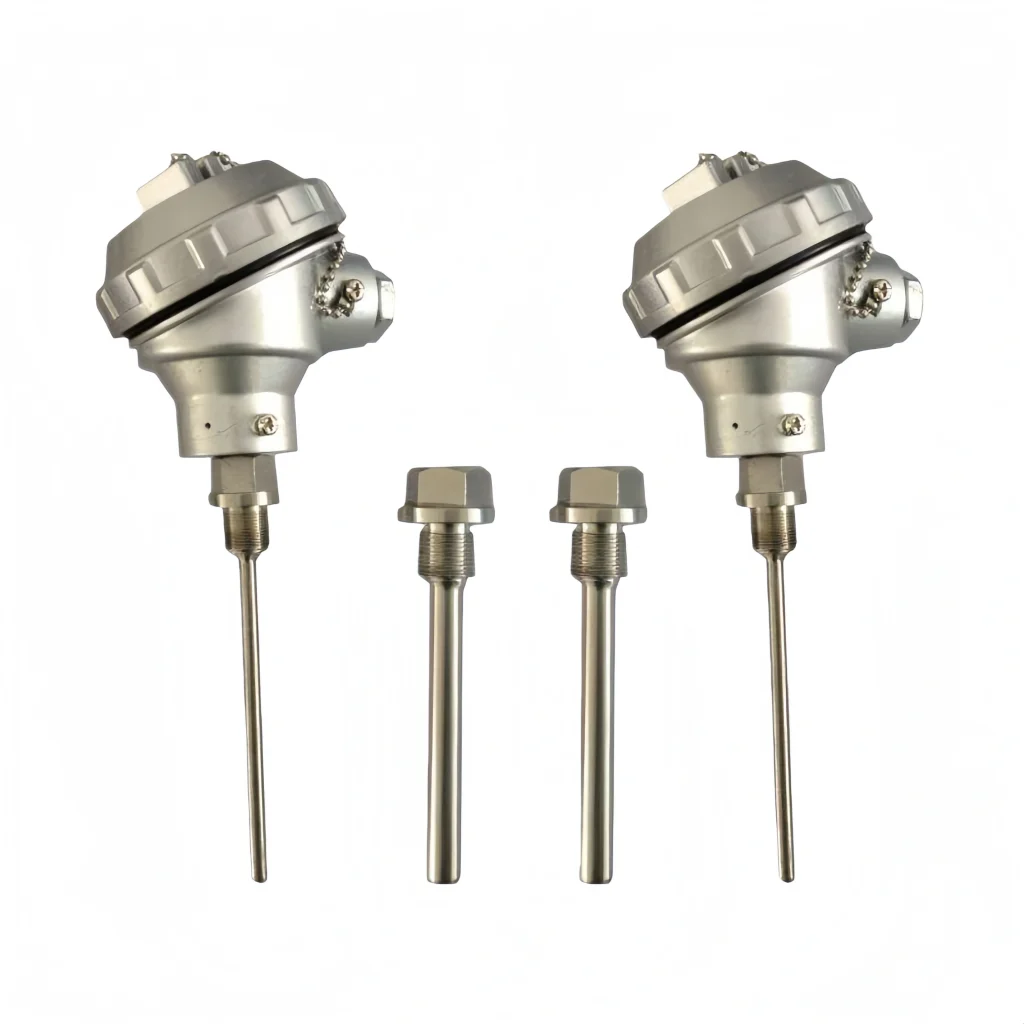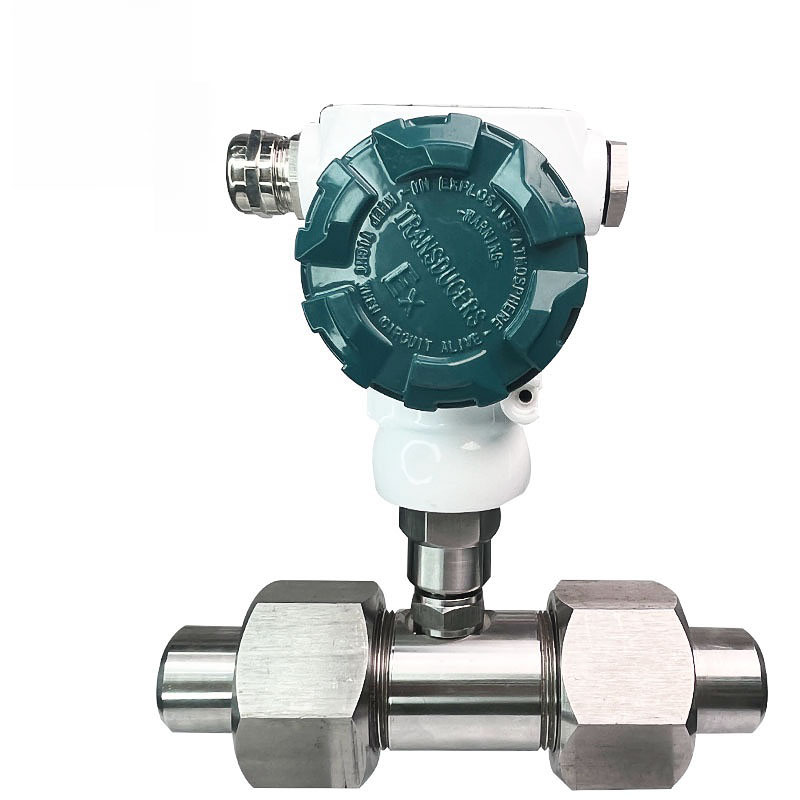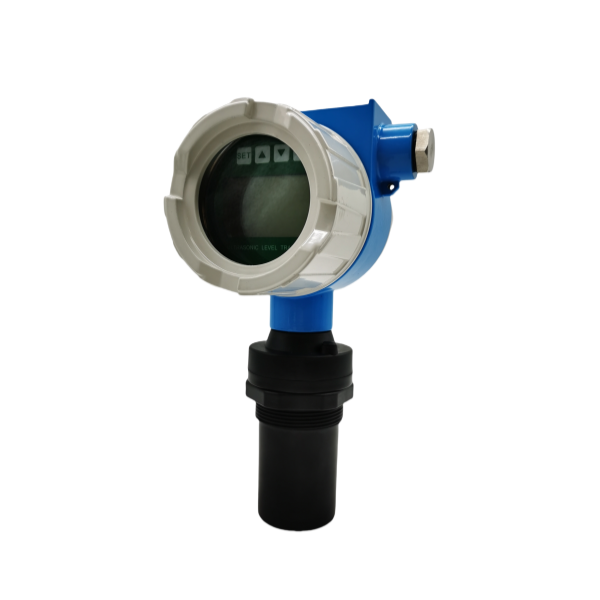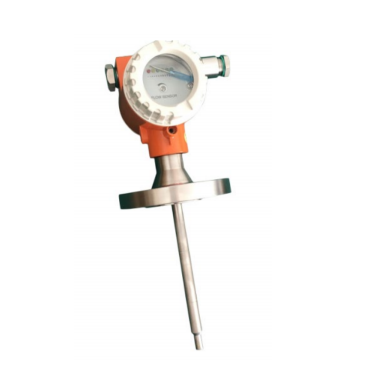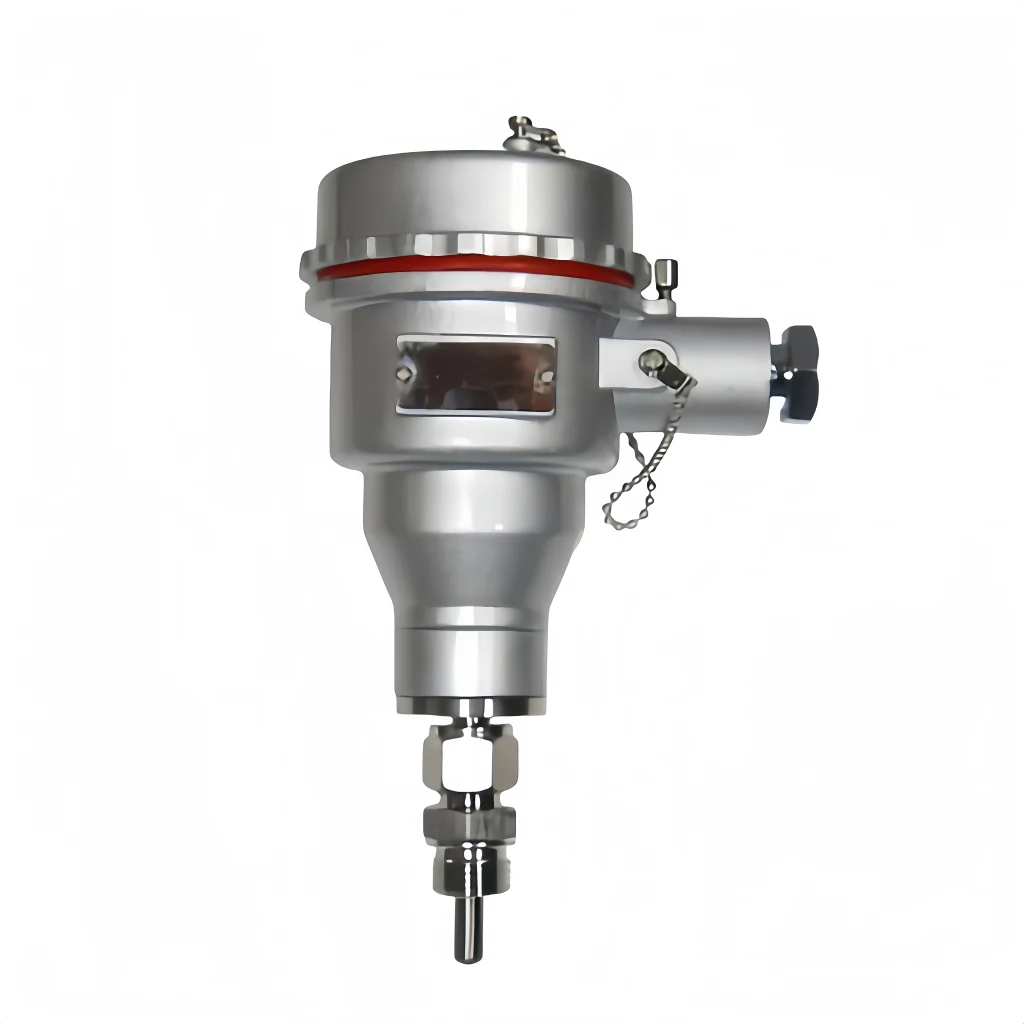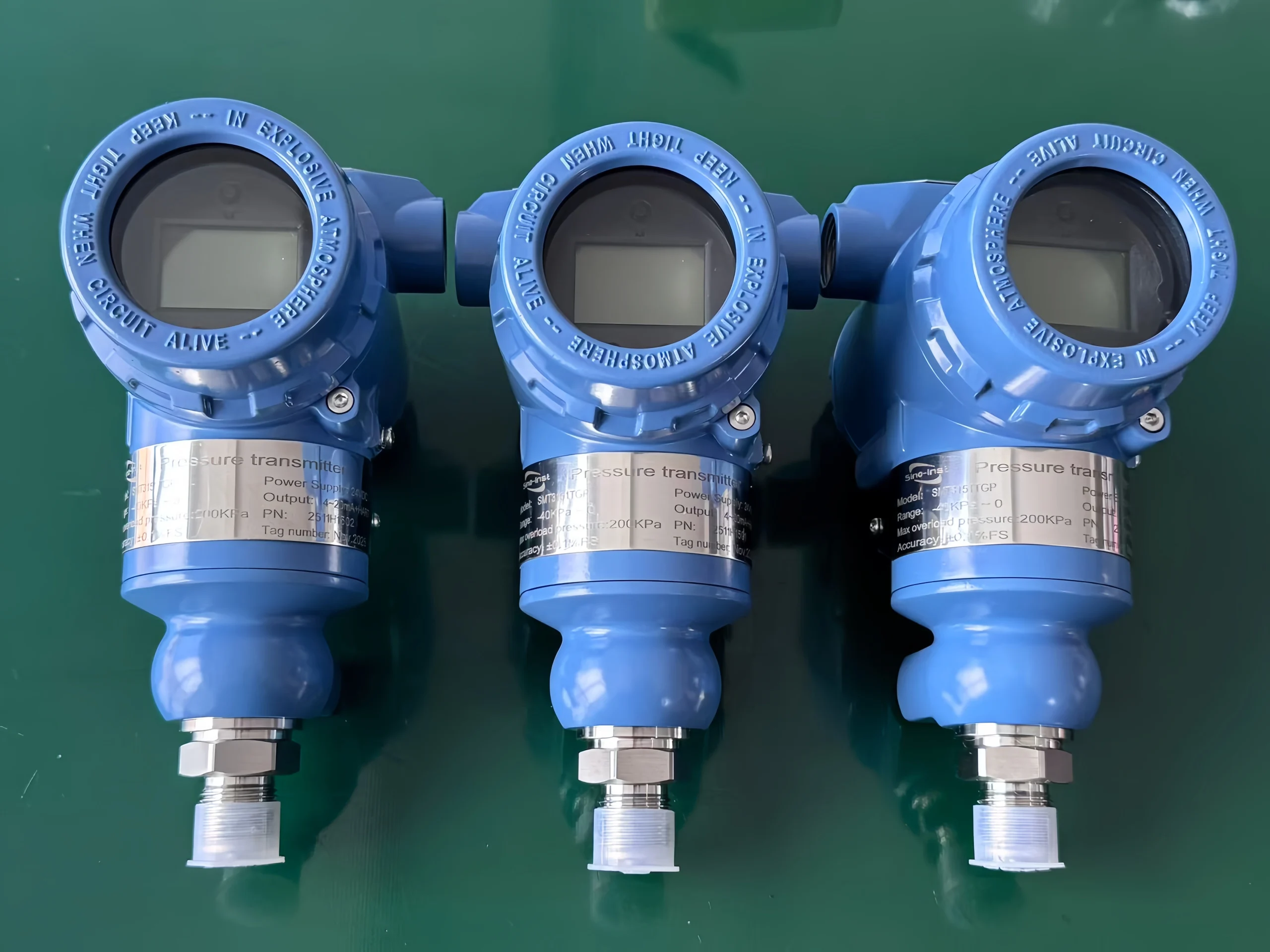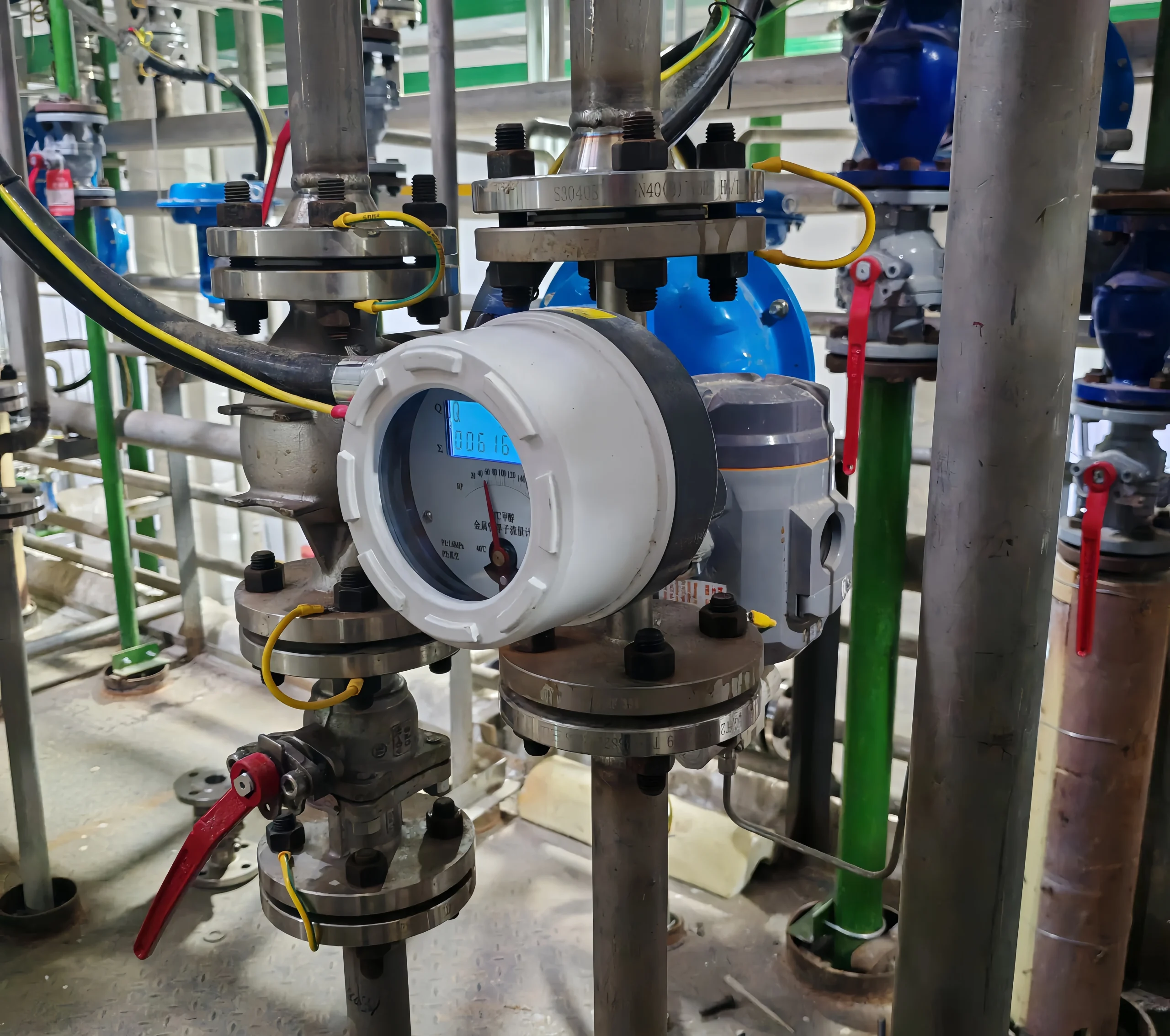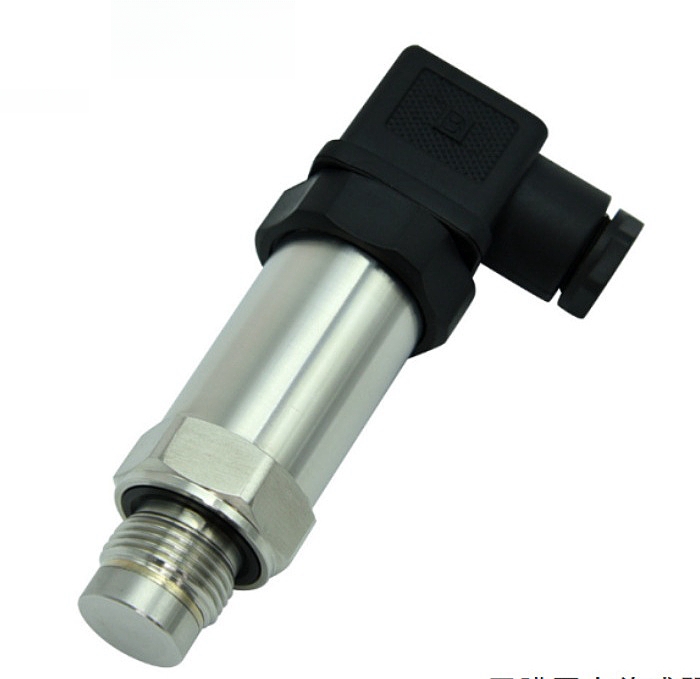Intrinsically safe and explosion-proof are two different levels of explosion protection. Both are used to ensure the safe operation of electrical equipment in hazardous environments. such as those containing flammable gases, vapors, or dust.
Intrinsically safe equipment prevents ignition by limiting energy levels. It can prevent the generation of sparks or heat. Explosion-proof equipment, on the other hand, controls any internal explosions to prevent them from igniting the surrounding environment. Therefore, intrinsically safe systems are suitable for low-energy applications. Explosion-proof systems are suitable for high-energy environments.
Safety standards help protect assets and create safe workplaces. In potentially hazardous environments, equipment must adhere to particularly stringent standards to reduce the risk of explosion. This article explains the difference between intrinsically safe and explosion-proof equipment.
What is Intrinsically Safe?
Intrinsically safe explosion protection technology achieves intrinsic safety by limiting the voltage, current, and capacitance/inductance parameters in the circuit. It can control the energy of electrical sparks and thermal effects below the minimum ignition threshold of hazardous gases.
Its core protection levels are divided into three levels:
- ia (applicable to zones 0-2, allowing dual faults),
- ib (applicable to zones 1-2, allowing single faults),
- ic (zone 2 only).
Safety barrier certification and system parameter matching are used as key technical guarantees. This technology requires a system consisting of field equipment, safety barriers, and connecting cables. They can meet the parameter limits of Ui/Ii/Pi/Ci/Li. It also requires dedicated intrinsically safe cables and an independent grounding system (grounding resistance <1Ω).
Electrical sparks and thermal effects are the primary ignition sources of explosive gases. Intrinsic safety is achieved by limiting the energy of these two potential ignition sources.
Under normal operating or fault conditions, when the energy of the electrical sparks or thermal effects that the instrument may generate is below this limit, the instrument can not be ignited by explosive gases and cause an explosion.
Intrinsically safe applications are mainly divided into two types:
1. Exia:
Equipment that maintains its explosion-proof performance even with the failure of two components or other types of faults. Intrinsically safe equipment can be installed in Zone 0, Zone 1, and Zone 2 hazardous locations. Exia intrinsically safe equipment is the only explosion-proof electrical equipment that can be installed in Zone 0.
2. Exib:
Equipment that maintains its explosion-proof performance even with the failure of one component or other types of faults. Intrinsically safe equipment can be installed in Zone 1 and Zone 2 hazardous locations.
Advantages of Intrinsic Safety
1) It eliminates the need for complex, bulky, and heavy explosion-proof enclosures. Therefore, intrinsically safe instruments are characterized by simple structure, small size, light weight, and low cost.
2) The cost ratio of establishing an intrinsically safe to explosion-proof switch transmission circuit is approximately 1:4.
3) Maintenance, calibration, and replacement of instrument parts can be performed under energized conditions.
4) High safety and reliability. The safety and reliability of intrinsically safe instruments will not be reduced due to the loss of fastening bolts or human-caused damage. such as rust or scratches on the enclosure mating surfaces.
5) Intrinsically safe explosion-proof technology is a “low-voltage” technology. The use of intrinsically safe instruments can prevent electric shock accidents for on-site engineering technicians.
6) Wide applicability. Intrinsically safe technology is the only explosion-proof system applicable to Zone 0 hazardous locations.
7) Simple devices such as thermocouples can be connected to intrinsically safe explosion-proof systems without special certification.
Applications of Intrinsically Safe:
Intrinsically safe technology is mainly used in petrochemical, chemical, and mining environments where explosive atmospheres exist. It is used for low-power equipment. such as communication, monitoring, signal and control systems, and instrumentation.
Typical application scenarios include:
- Petrochemical: Instrumentation, control systems, and monitoring equipment in oil refining, fertilizer, coal chemical, and synthetic resin production processes.
- Mining: Underground monitoring systems, signal lights, recorders, and other equipment in coal mines. It can effectively prevent the risk of gas and coal dust explosions.
- Medical Environment: Electrical equipment in hospital operating rooms, ICUs. It can prevent fires caused by electrical sparks.
- Automation Systems: Detection, alarm, and instrumentation control systems in hazardous locations.
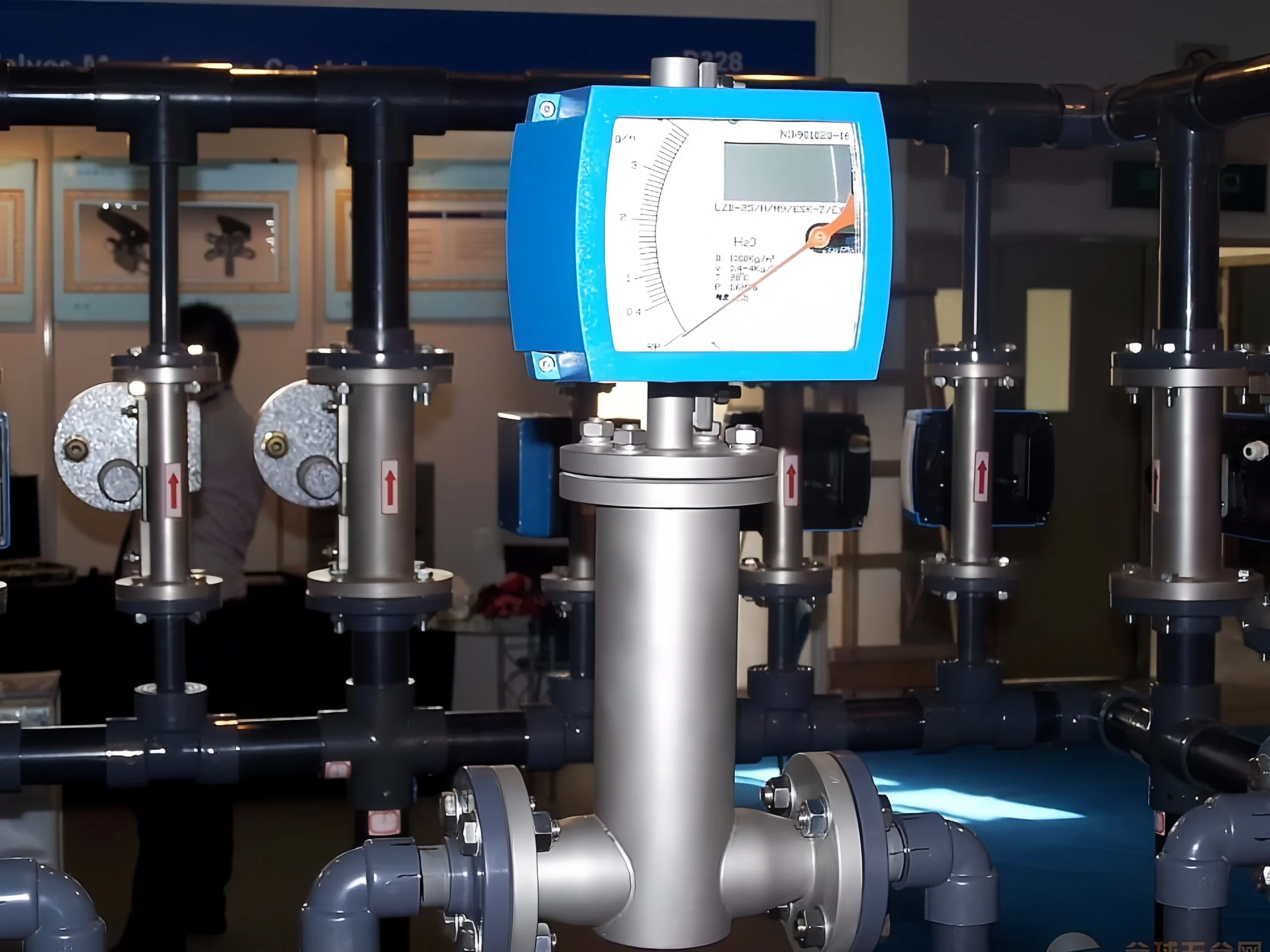
What is Explosion Proof?
Explosion Proof refers to a technical system that prevents explosions by controlling the necessary conditions for an explosion (ignition source, explosive substances, oxygen). It ensures that equipment continues to operate normally under explosive impact.
Its applications cover coal mines (Class I), gaseous environments (Class II, divided into A, B, and C levels), and dusty environments (Class III, divided into A, B, and C levels). Equipment protection levels are classified according to Ga/Gb/Gc (gas) and Da/Db/Dc (dust). It is mainly used in explosive hazardous areas (zones 0-2 for gas, zones 20-22 for dust) in the petrochemical and coal industries.
The main types of explosion-proof equipment protection on the field are as follows:
1. Flameproof type “d”:
This means placing the equipment in a flameproof enclosure to achieve explosion protection. When an explosion occurs, the enclosure can withstand the resulting explosion pressure without damage. Simultaneously, the gaps in the enclosure structure can cool the flame. It can reduce the flame propagation speed and terminate the acceleration chain. It can also prevent hazardous flame products from crossing the flameproof gaps and igniting the external explosive environment. Finally, it achieves the purpose of explosion protection. Explosion-proof standards refer to GB3836.2
2. Increased safety type “e”:
In electrical equipment structures that do not produce sparks, arcs, or dangerous temperatures during normal operation, measures are taken to reduce or control operating temperature. It ensures the reliability of electrical connections. It increases insulation effectiveness and improves the enclosure protection level, reducing the risk of contamination from dirt and moisture ingress and improving the safety and reliability of the equipment under normal operation and specified fault conditions (e.g., motor rotor stall). Explosion-proof standards refer to GB3836.3
3. Intrinsically safe type “i”:
Intrinsically safe explosion-proof equipment refers to equipment whose internal circuitry is inherently safe. Under normal operation and specified fault conditions, no electrical spark or thermal effect can ignite a designated explosive gas mixture.
This type of equipment limits the energy in the circuitry and reliably controls the circuit parameters. It reduces potential spark energy to below the energy level required to ignite the gas mixture. It also limits the surface temperature of wires and components to below the ignition point of the gas mixture. Explosion-proof standards refer to GB3836.4.
4. Positive pressure type “p”:
Fresh air or inert gas at a certain pressure is introduced into the equipment’s casing to prevent surrounding flammable gases from entering the casing, thereby preventing ignition sources from contacting explosive gases and achieving the purpose of preventing explosions. Explosion-proof standards refer to GB3836.5
5. Liquid immersion type “o”:
Liquid immersion explosion-proof type involves immersing the entire equipment or its components in oil (protective fluid), preventing it from igniting the explosive gas environment above the oil surface or outside the casing. This is an older explosion-proof technology mainly used for switchgear. The resulting arcs and sparks are submerged in the oil. Explosion-proof standards refer to GB3836.6
6. Sand-filled type “q”:
Sand-filled explosion-proof type is a type of electrical equipment protection where the casing is filled with sand or other powdered materials with specified properties, so that under specified operating conditions, the arcs or high temperatures generated inside the casing cannot ignite the surrounding explosive gas environment. Explosion-proof standard reference GB3836.7
7. Type “n”:
Type n is a type of explosion-proof electrical equipment. This type of electrical equipment, under normal operation and certain conditions specified in this standard (referring only to light source failure conditions), cannot ignite the surrounding explosive atmosphere.
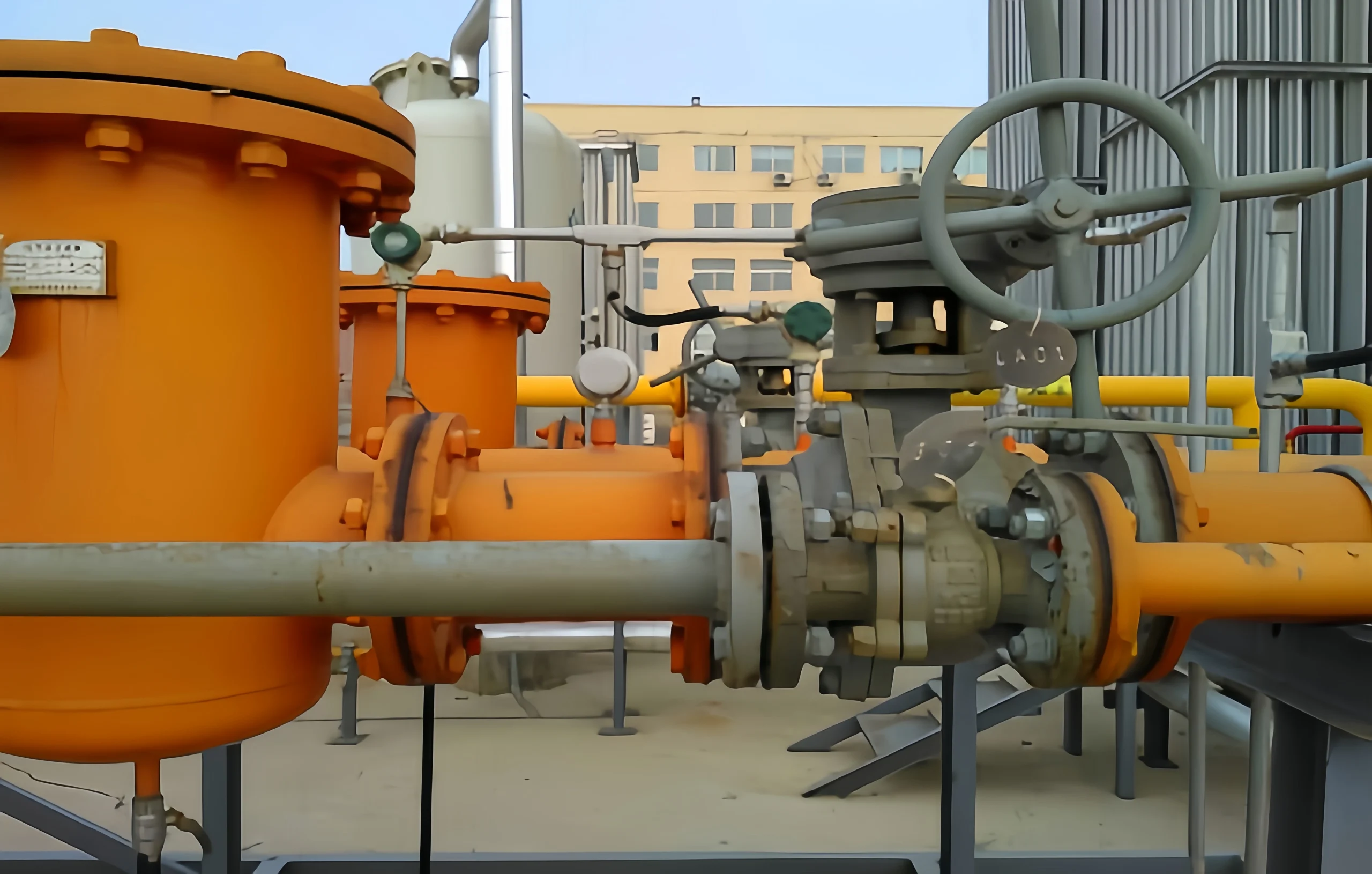
Read More about:
Explosion Proof Standard
| Explosion-proof type | Places permitted for use in the UK | Chinese Standards GB3836 | Explosion-proof type symbol | IEC Standard 79- | CENELEC Standard EN50 |
| Increased safety type | 1or2 | 3 | e | 7 | 19 |
| Intrinsically safe type | 0,1or2 | 4 | ia or ib | 11 | 020(equipment) |
| Flameproof type | d | 2 | d | 1 | 18 |
| Special type | s | none | s | none | none |
Intrinsically Safe VS Explosion Proof:
Intrinsically safe primarily considers inherent safety. It focuses on the internal circuit system. It avoids ignition sources (electric arcs, electric sparks) from the circuit boards. And the enclosure protection rating only needs to meet the minimum IP20.
Explosion-proof primarily focuses on enclosure protection. When an external fire or explosion occurs, the internal electrical equipment or circuits will not be affected under the protection of the enclosure. If the internal equipment malfunctions, it will not affect the external environment.
Choose Intrinsically Safe or Explosion Proof
| Features | Intrinsically Safe | Explosion-proof type (a typical example of explosion-proof type) |
| Explosion-proof principle | Energy Limitation: Voltage and current are limited from the circuit design stage, ensuring that the energy generated by the electrical spark or thermal effect is insufficient to ignite explosive gases. | Isolation and withstand: The equipment casing is extremely robust, allowing for internal explosions while withstanding the explosion pressure and preventing internal flames and high-temperature gases from escaping to the outside, thus preventing ignition of the external environment. |
| Essential differences | Intrinsically safe, safe under both normal operation and fault conditions. | Structural safety relies on the physical structure to ensure safety. |
| Applicable equipment | Suitable for low-voltage equipment and electronic circuits. Examples include: PLC modules, temperature/pressure sensors, gas detectors, communication buses, and handheld devices. | High-power electrical equipment, such as electric motors, lighting fixtures, distribution boxes, switches, and operating columns. |
| Safety level | Very high safety rating, considered one of the highest explosion-proof technologies. Maintenance and operation are safe even when energized, as long as they are within safety parameters. | High protection, but power must be disconnected and the casing opened for maintenance; otherwise, the explosion-proof performance will be compromised. |
| Cost and size | The equipment itself may have a lower cost, but safety barriers are usually required, and the system cost must be considered comprehensively. The equipment size can be made smaller. | Due to the need for a robust casing (heavy castings or metal structures), the equipment is large, heavy, and costly. |
| Illustrated markings | Ex ia / Ex ib | Ex d |
Sino-Inst Featured Products
Sino-Inst Featured Products for Flammable and Explosive Industries:
Sino-Inst supplies a variety of explosion-proof industrial measuring instruments. Details are as follows.
Explosion-proof Flow Meters
They are flow meters that utilize explosion-proof technology. Common explosion-proof flow meters include explosion-proof ultrasonic flow meters, explosion-proof electromagnetic flow meters, explosion-proof turbine flow meters, and explosion-proof gear flow meters.
Intrinsically Safe Flow Meters
They are flow measurement instruments that employ intrinsically safe explosion-proof technology. They are mainly used in industrial pipeline systems in the petroleum, chemical, and power industries, as well as in urban water supply and medical industries. They can measure the flow rate of liquids, gases, and steam. Sino-Inst supplies various types of intrinsically safe flow meters.
Read More about:
Stainless Steel Flow Meters VS. PVC Flow Meters: Which One to Choose?
Flow Meter K-Factor – What You Should Know
Propane Flow Meter: Accurately Monitor Propane Flow
Differential Pressure Flow Meter Technical Guide
Flow Meter Calibration – A Comprehensive Guide
Explosion-Proof Pressure Transmitters
They are pressure measurement devices specifically designed for high-explosion-hazardous locations. They can safely convert the pressure of liquid or gaseous media into a standard electrical signal output in explosive environments. They support the measurement of gauge pressure, absolute pressure, and differential pressure.
Intrinsically Safe Pressure Transmitter:
- Highly efficient lightning protection, strong resistance to radio frequency and electromagnetic interference;
- Built-in high-performance intrinsically safe explosion-proof circuitry, with Ex ia llC T6 Ga explosion-proof rating certification;
- Excellent shock resistance, overload resistance, vibration resistance, and corrosion resistance;
- An advanced digital temperature compensation function and, wide operating temperature range.

Read More about:
High Temperature Pressure Transmitter Applications in 1200°C
Pressure Transmitter vs. Differential Pressure Transmitter
Pressure Sensor VS Pressure Transducer VS Pressure Transmitter
Pressure Transmitter Output Signal You Should Know
7 Types of Pressure Sensors: Different Types, Working Principles, and Definitions
Explosion-Proof Level Switch:
A universal switch-type measuring device in the field of liquid level control. It is suitable for explosive environment levels 0/1/2. The device integrates an explosion proof switch housing encapsulating the contacts. And it achieves spark protection design through an explosion-proof operating plunger. It can detect air/foam, water/liquid, oil/emulsion, and liquid media containing impurities. It is suitable for safety control scenarios. such as industrial pump protection and storage tank level monitoring.
Intrinsically Safe Level Switch:
A liquid level detection device specifically designed for hazardous environments. It has intrinsic safety characteristics. It can operate safely in flammable and explosive environments without becoming an ignition source.
Read More about:
Tank Level Switch – Easy to Control Level
Level Switch Installation and Maintenance
What is the Difference between a Level Switch and a Level Transmitter?
Capacitance Level Switch – High Temperature and High Pressure Resistance
What is the difference between ATEX and Intrinsically Safe?
| Differences | ATEX Explosion-Proof Certification | Intrinsic safety certification |
| Nature | EU Mandatory Regulatory System | Specific explosion-proof technologies under the ATEX framework |
| Coverage | All Equipment and Protection Systems for Explosive Atmospheres | Limited to intrinsically safe circuits and equipment |
| Technical Focus | Various Explosion-Proof Types (Flameproof, Increased Safety, etc.) | Limited to energy-limiting principles |
| Applicable Scenarios | European Market Access | Low-power equipment in high-risk areas (e.g., Zone 0) |
How to select an intrinsically safe barrier?
- The explosion-proof rating of the safety barrier must be no lower than that of the intrinsically safe field equipment.
- Ensure that the terminal resistance and loop resistance of the safety barrier can meet the minimum operating voltage of the intrinsically safe field equipment.
- The intrinsically safe terminal safety parameters of the safety barrier must meet the requirements of Uoc≤Ui, Isc≤Ii, Ca≥Ci+Cc, and La≥Li+Lc.
- The safety barrier must be compatible with the safety polarity and signal transmission method of the intrinsically safe field instrument.
- Implement appropriate protection measures to prevent leakage current from the safety barrier from affecting the normal operation of the intrinsically safe field equipment.
What is the full form of ATEX?
ATEX stands for "ATmosphères EXplosibles" (French for "explosive atmospheres").
The term originates from the EU's regulatory framework for explosive atmosphere safety. It is currently based on Directive 2014/34/EU.
ATEX is a testing and certification accreditation required to verify the safety of products sold in the EU and other international regions. ATEX certificates are mandatory within the EU. And they are also frequently used in contracts outside Europe. Manufacturers wishing to enter and sell products for explosive atmospheres in Europe.
What are ia, ib, and ic?
ia class: Allows safety even under two independent faults, applicable to Zone 0 (continuously explosive environment), Zone 1 (potentially explosive under normal operation), and Zone 2 (potentially explosive under abnormal conditions), current limit ≤100mA.
ib class: Allows safety under a single fault condition, applicable to Zones 1 and 2, current limit ≤150mA.
ic class: Only applicable to Zone 2, no fault redundancy design required.
In short, if you are struggling to choose which explosion-proof rating measurement equipment to select, don’t worry. Please contact us anytime. Our professional engineers can customize a measurement solution for you free of charge. Sino-Inst supplies a wide range of explosion-proof measuring instruments. Contact us now for a free quote!

